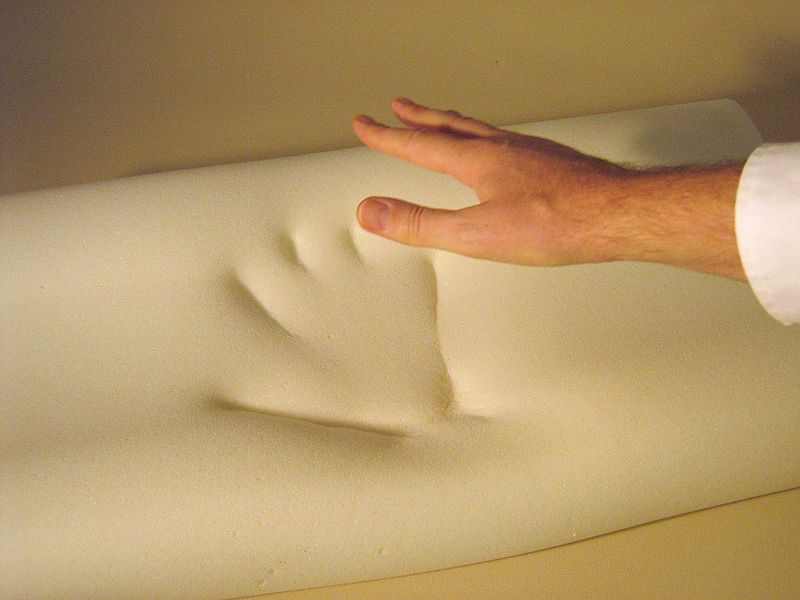Uncategorised
Memory Foam Pros & Cons Guide – What’s The Fuss?
What does rocket science and bedding have in common? More than you would think actually! If you are in the market for a new bed or mattress then the chances are you have heard the term ‘memory foam’ thrown around more than once. But what actually is Memory foam? Where did it come from and what does it do?
Memory foam was actually invented and developed as part of a NASA contract from the Ames research center in America. The aim was to improve the safety of aircraft cushions. NASA scientists were heavily involved as well as scientists from the aerospace industry. Eventually in the 1990’s NASA released memory foam in to the public domain paving the way for mattress manufacturers to use the technology in their products. Memory foam mattresses were an instant hit and continue to enjoy popularity among consumers worldwide.
Key Benefits
Here are the main benefits of a memory foam mattress over standard quilted mattresses:
They are quiet
The visco-elastic foam used to make memory foam mattresses is inherently much quieter than a traditional spring system. The material absorbs and and isolates any movement which means it is quiet and you will also feel less movement from your sleeping partner. If you are a light sleeper especially if you have a restless partner then memory foam may be the right choice for you.
Pressure / pain relief
Memory foam offers excellent support due to the way it distributes your weight. Now, at BF beds obviously we are not doctors and you should always consult a health professional but research has shown that memory foam mattresses can relive aches and pains. It is also know to improve circulation. It is because of these properties that memory foam is widely used in hospitals and nursing homes. Again we recommend you speak to your doctor but you are welcome to come down to our showroom and try them for yourself to see if it is right for you. If you suffer from aches and pains and you have not tried memory foam then you should consider it.
Spinal Alignment
The way in which memory foam supports your body means that it promotes spinal alignment. This is another way that memory foam can potentially relieve aches and pains aw well as improving your posture.
Hypo Allergenic
Memory foam is an excellent choice for people who suffer from allergies or asthma. It is 100% anti-bacterial and hypo allergenic and also is resistant to bed bugs and such due to the natural barrier which it creates effectively stopping unwanted critters from entering and breeding in your mattress.
Lifespan
Due to it’s construction and elastic properties memory foam will typically last longer than mattresses filled with traditional materials such as quilting or feathers. Normal mattresses such as these have a tendency to sag or dip in places after so many years of wear and tear when the filling is displaced. Memory foam does not behave in this manner and as long as you take the proper care such as avoiding harsh chemicals, turn every so often then it should retain it’s shape for many years.
Potential Downsides
Heat
By nature a memory foam mattress will retain heat. It is via heat and pressure that memory foam is able to mould to your body and offer the best support. In the UK we have a moderate climate so it’s not really an issue. However if you sleep in a warm room such as an attic then it is something you should be aware of. An alternative to memory foam that offers a similar support is a latex mattress. Latex is expensive however so these do cost more however it will not absorb heat in the same way. Another alternative is a gel mattress and the same applies.
Weight Limit
If you are over 15 stone in weight then a memory foam mattress may not offer you very good support. We would recommend going with a firmer, non memory foam mattress such as the Clifton or the Executive.

